How Different Types of Cheese Ripen and Where the Holes Come From
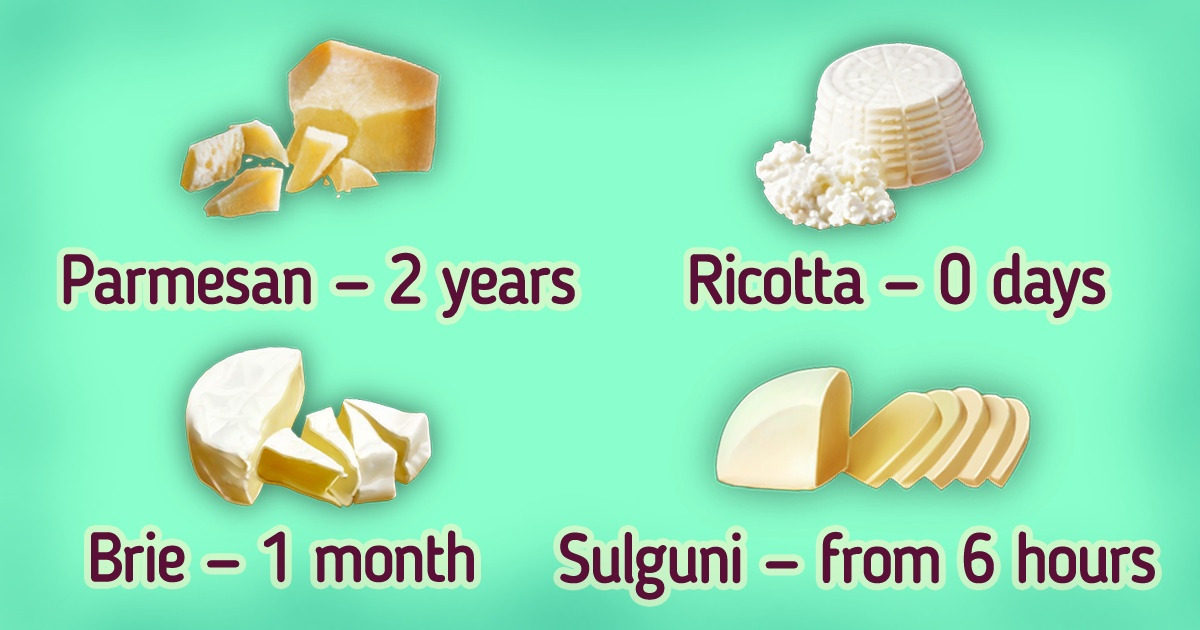
5-Minute Crafts is going to tell you how different types of cheese ripen and where some of them get their holes.
How cheese ripens
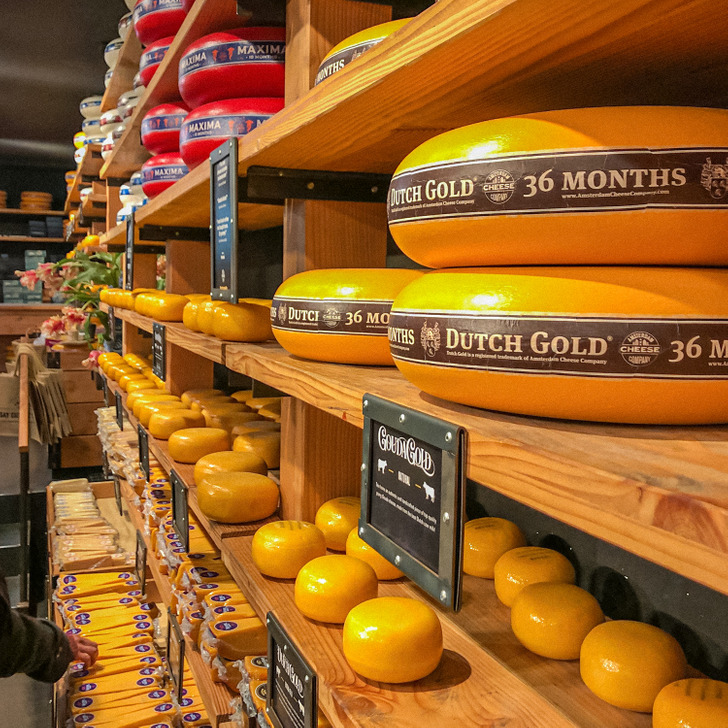
The process of ripening in cheese happens thanks to a combination of such factors as ferments, bacteria, and physical conditions of the environment the cheese is in.
The ripening temperature is the most important element in cheese production that determines the taste intensity, and the speed of the reactions happening in it. The degree of protein decomposition also affects the taste.
In most cases, different types of cheese need a different amount of time to get to the peak of their taste. It happens as a result of chemical reactions stimulated by the ferments from 3 sources:
- ferments from animals or plants added during the process of coagulation
- microorganisms growing inside or outside the cheese
- the milk the cheese is made from
In order to make cheese ripen faster, big manufacturers use different stimulation methods. The simplest one is increasing temperature. Even though this method may lead to ruining the cheese, big companies can still do it because they carefully watch the ingredients and the microflora of the cheese. Of course, there are some types of cheese produced only with the ancient methods.
Affinage
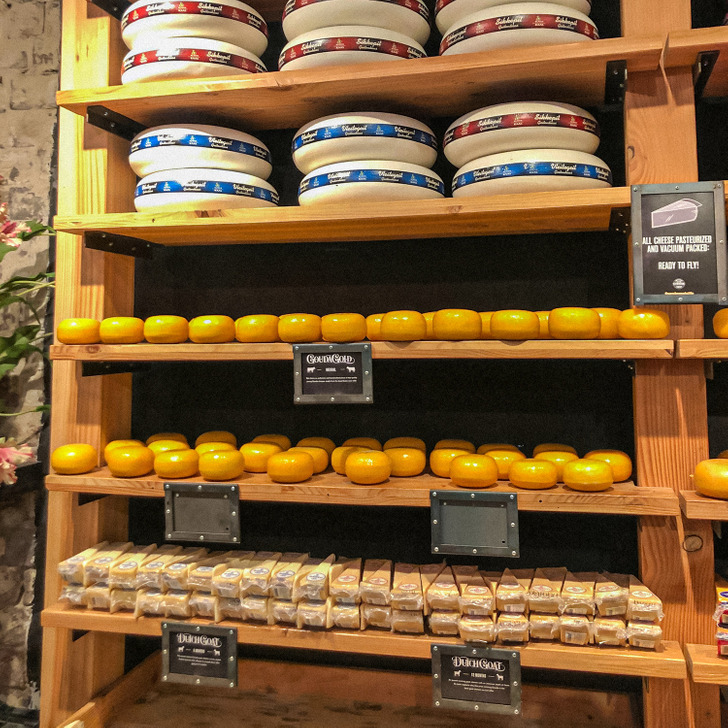
There’s a special technique used for some types of cheese when they are ripening. It’s called affinage and it helps the product get the necessary color, taste, and flavor.
Sometimes, affineurs intervene with the ripening process: they remove the mold from some cheeses, wrap other types tightly to make the mold press against the rind and they also turn the cheese to make an even crust. Such actions can change the speed of cheese ripening and change the taste of the product itself.
Where holes come from
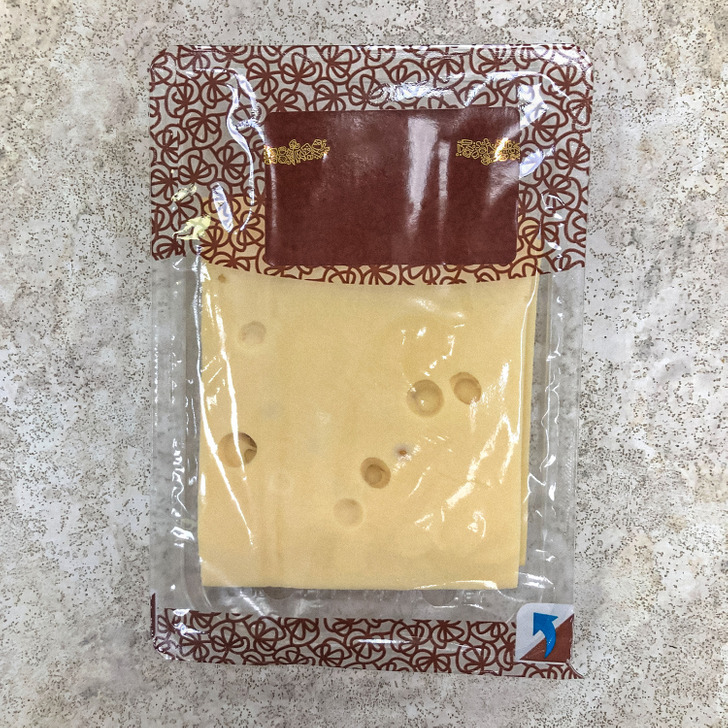
Some Swiss cheese types, for example Emmental, have small holes in them. They are called “eyes” and are formed by the gases after the bacteria eat away at protein and fat. This secondary fermentation process happens when cheese is put into a warmer condition after being stored in the cold for 2 weeks. The holes form within 3-6 weeks.
How much time different types of cheese need to ripen
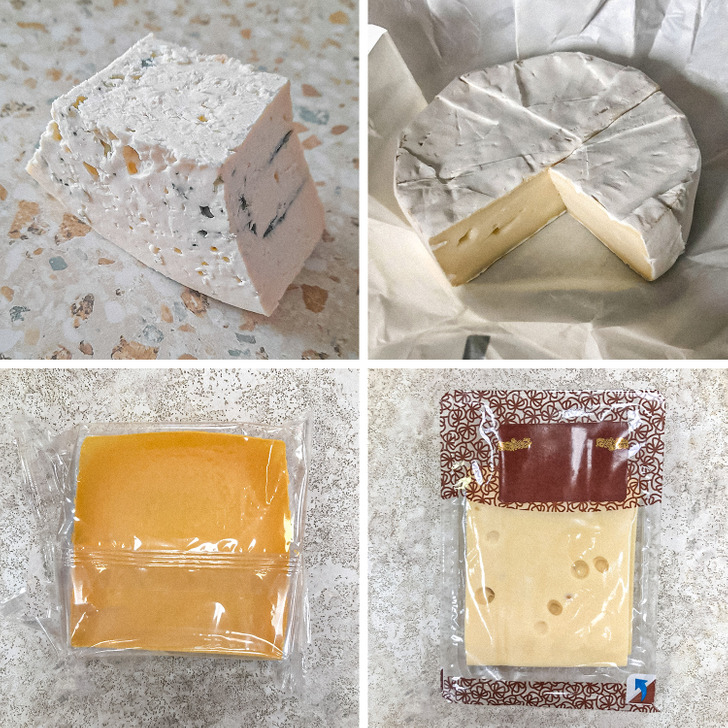
Natural cheeses come in several types in terms of how firm they are:
- soft: Brie, Camembert, ricotta, cottage
- semi-soft: blue, brick, feta, Havarti, Monterey Jack, mozzarella, Meunster, provolone
- hard: Cheddar, Colby, Edam, Gouda, Swiss
- very hard: Parmesan, Romano
Cheese ripens either inside-out or outside-in. And the longer it is aged, the harder it becomes because moisture leaves it.
The time of ripening for different types of cheese is:
- Brie: 1 month
- Blue: 2-5 months
- Brick: from 6-8 weeks to 4-5 months
- Gouda: 2-4 months
- Gruyère: from 7 weeks to 3 months
- Cheddar: from 12 months and more
- Mild cheddar: 2-3 months
- Camembert: 2-4 weeks
- Colby: 2-4 months
- Muenster: 5-7 weeks
- Maasdam: 1-3 months
- Monterey Jack: 7-10 months
- Parmesan: not less than 2 years
- Provolone: 2-3 months
- Sulguni: from 6 to 48 hours
- Swiss: 6-14 months
- Havarti: around 3 months
- Feta: 3-6 months
- Edam: from 4 weeks to 10 months
- Cream, ricotta, and mozzarella don’t ripen — they are eaten as soon as they are made